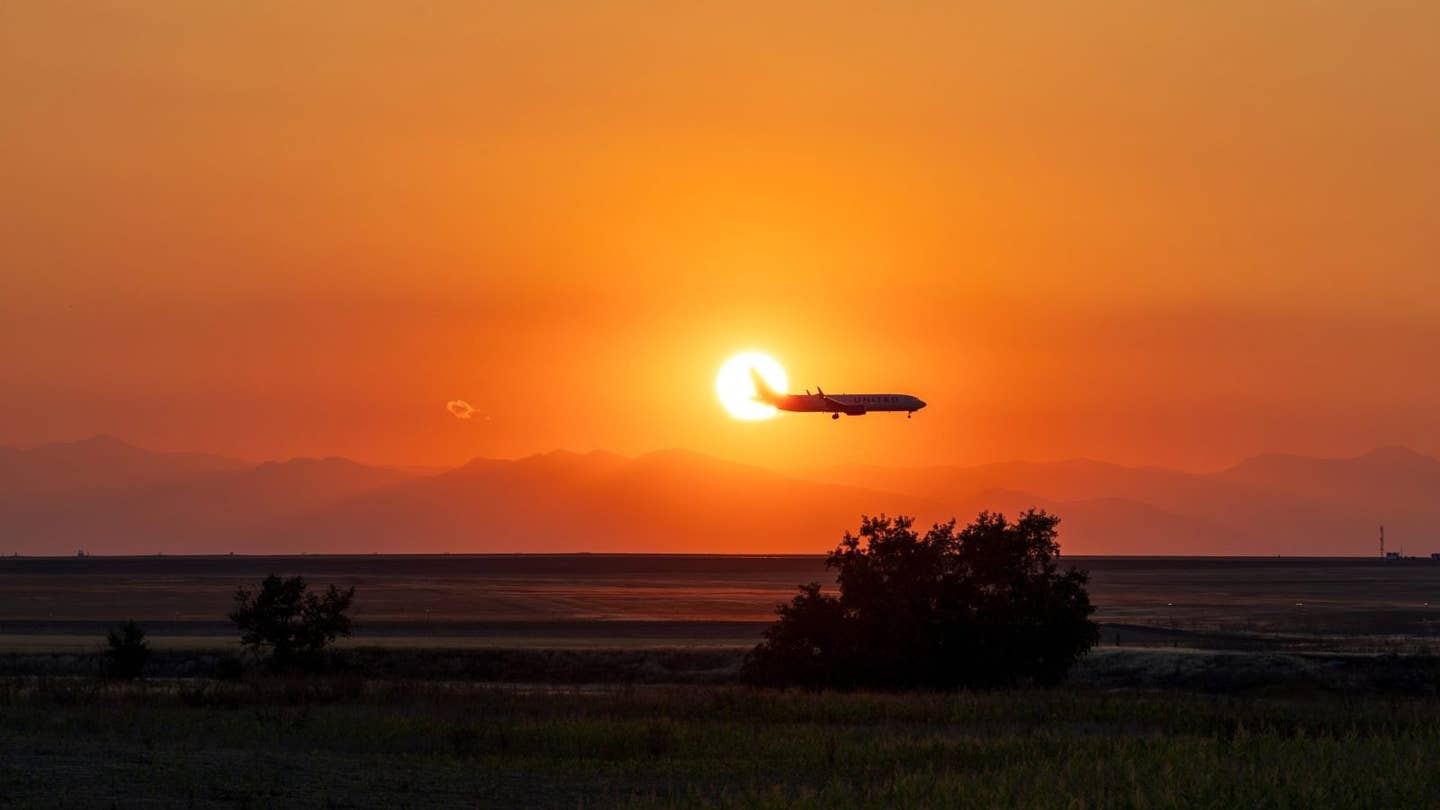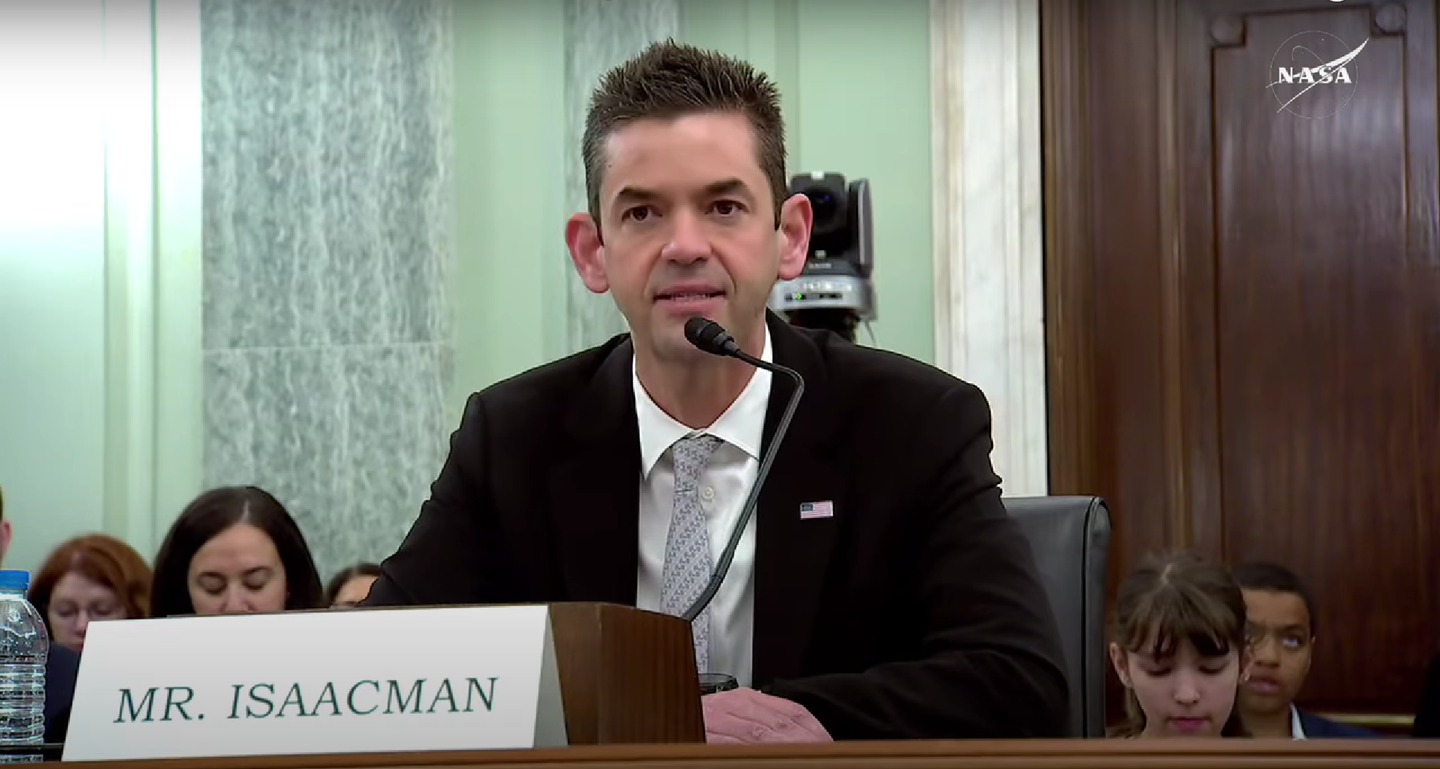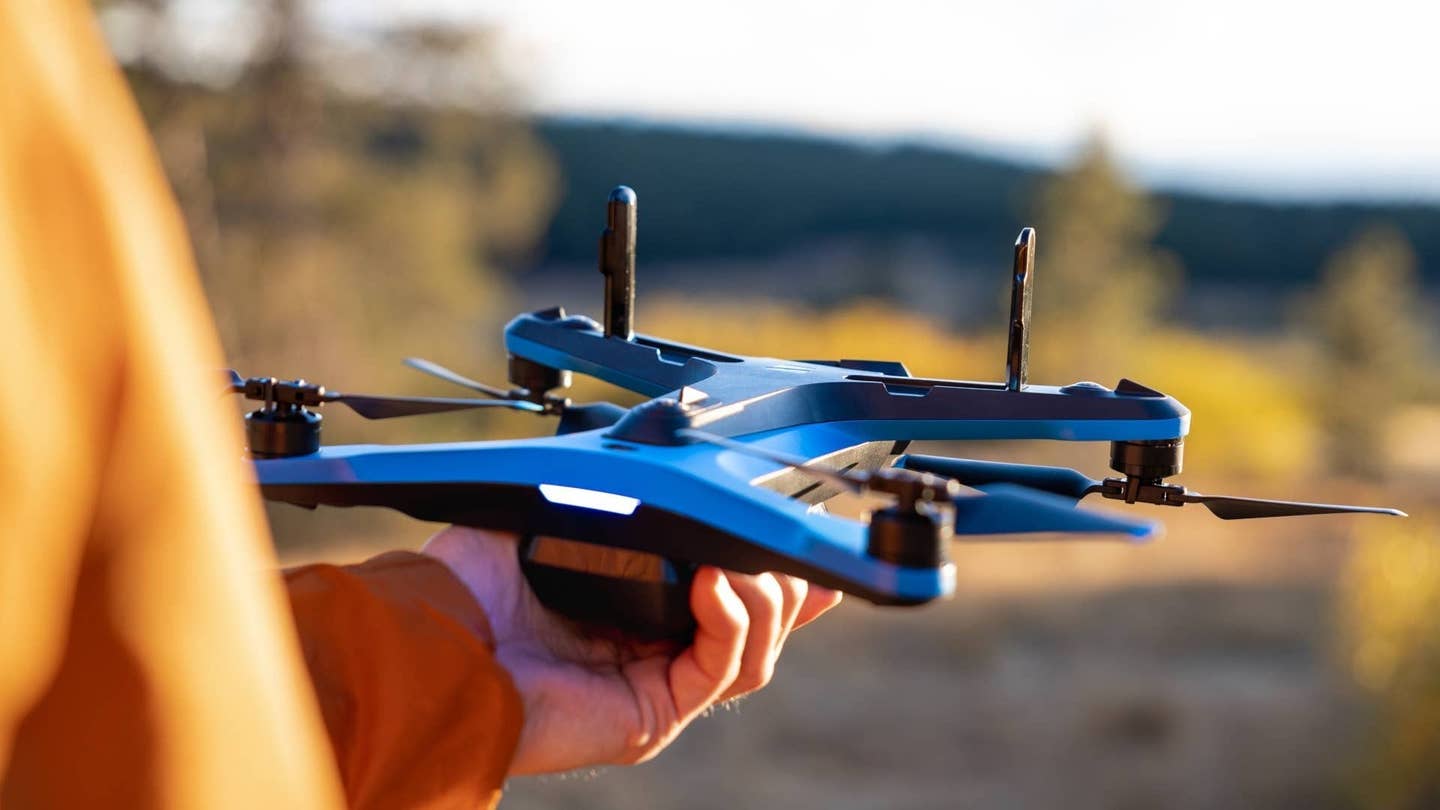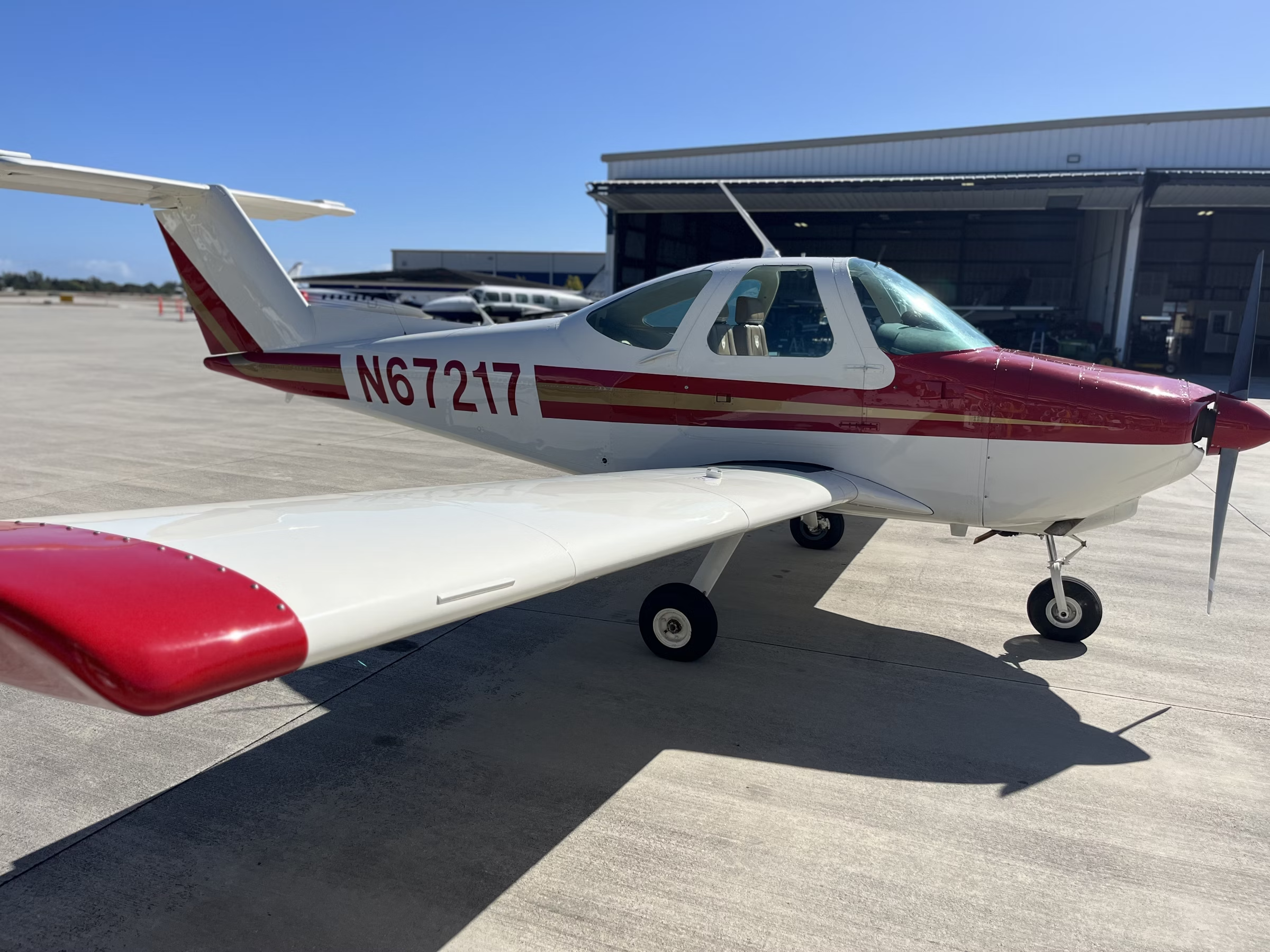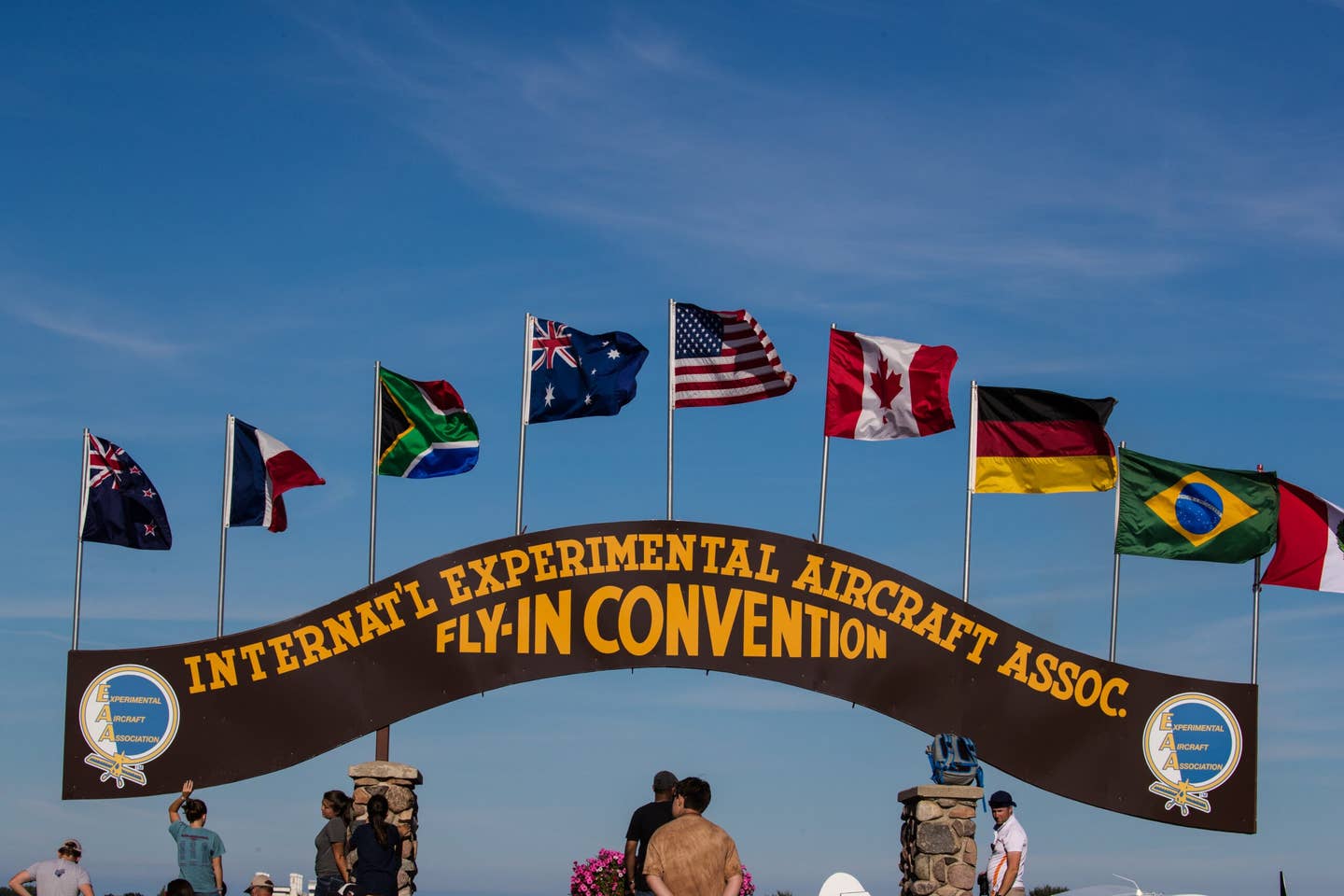Abolish the TSA? ‘Bad Idea,’ Experts Say
Private airport screening services could ‘miss things at a much higher rate’ than TSA screeners, former administrator John Pistole tells FLYING.

A TSA screener checks a passenger’s passport at Baltimore/Washington International Airport. [Courtesy: Shutterstock]
Last month, Senators Mike Lee (R-Utah) and Tommy Tuberville (R-Ala.) introduced the Abolish the TSA Act. As its name implies, the bill would eliminate the Transportation Security Administration and privatize airport security under FAA oversight. But experts argue that returning to a pre-9/11 framework is a “bad idea.”
“Security is an inherently government function, and if you take this idea to the logical extreme, then who needs a Secret Service, or who needs a government Department of Defense or Customs and Border Protection?” John Pistole, the president of Anderson University in Indiana who served as TSA administrator under President Barack Obama from 2010 to 2014, told FLYING.
Sheldon Jacobson, a professor of computer science at the University of Illinois in Urbana-Champaign, said the Republican-led proposal “sounds good to the average person, but it doesn’t demonstrate a very clear understanding of the role of TSA to protect our nation’s air system.”
Lee has long called to abolish the TSA and allow airlines to screen passengers, even going so far as to equate pat downs with sexual assault. The Senator envisions a return to pre-9/11 practices, wherein airports hired private security contractors and were overseen by the FAA. Experts, though, believe those were not exactly the glory days of aviation security.
Before the TSA
The 2001 Aviation Transportation and Security Act created the TSA in the wake of the 9/11 terror attacks. Pistole said the systems in place at the time “didn’t work” to prevent the tragedy.
“Just looking at the record of aviation safety post-9/11, there’s a clear before and after perspective in terms of deterring punitive terrorists,” Pistole said.
Jeffrey Price, the owner of airport security training firm Leading Edge Strategies and former assistant director of airport security at Denver International Airport (KDEN), was a screener in the 1980s. Price told FLYING that airports looked to pay contractors “at the lowest price and at the bottom of the employment pool,” often offering minimum wage and no benefits.
Price estimates that at some airports, screener turnover was north of 100 percent. Often, it was cheaper for them to pay the fine for failing FAA security testing than to hire better screeners who could close those gaps in the first place.
Reverting tens of thousands of TSA agents—who screen more than two million passengers per day in the U.S.—to private contractors would not be simple. For one, the agency in 2023 implemented pay equity, which aligned employee salaries with their colleagues across the government. Pistole questioned how the private sector could attract enough qualified screeners with lower pay.
Then there’s the issue of brain drain. As administrator, Pistole said he received daily briefings from the FBI and other intelligence agencies around the world, disseminating that information across the agency. If personnel are eliminated, those risk-based assessments will be lost, too.
“If you hire a brand new workforce, they’re going to miss things at a much higher rate than TSA employees are, because they don’t have the background, training, or experience,” Pistole said.
Under the oversight of the FAA, private airport security caused what Price calls agency capture: Because they were on the hook for any upgrades, airlines lobbied the FAA against stronger security measures. That’s one reason the TSA was moved from within the Department of Transportation to the Department of Homeland Security in 2003.
“If we think of safety and security being the two wings of a plane…for the plane to fly—that’s the same thing with the FAA having a safety responsibility and TSA having security responsibilities,” Pistole said. “To put both of those into one agency whose expertise has only been in one area, I think would be a mistake.”
The Screening Partnership Program
The TSA already offers a level of privatization through the Screening Partnership Program (SPP). Created in 2004, the SPP allows airports to outsource screening to approved private vendors that use TSA testing, training, performance standards, and equipment.
“Even if it’s privatized, the procedures are still determined by the TSA,” Jacobson said. “The implementation of it is done by private firms. That’s the difference.”
But out of the more than 400 airports eligible for the program, less than 5 percent have participated, the largest being San Francisco International Airport (KSFO) and Kansas City International Airport (KMCI).
“I think people are generally satisfied with TSA,” Pistole said. “If it’s not broken, then why try to fix it?”
Lee and Tuberville, citing a 2019 Cato Institute study, said that SPP airports often outperform their TSA counterparts. Pistole said that during his time as administrator, SPP screeners were “very comparable” to TSA’s effectiveness and customer satisfaction. Price, though, said there is not enough evidence to argue for privatizing the entire industry.
“This is one of those areas where we need to tread carefully while still cutting fraud, waste, and abuse,” Price said, “not use flippant, not entirely supported arguments to create a problem that doesn’t quite exist.”
Fact or Fiction?
Lee and Tuberville cited several studies to make their arguments. But Price called the research “out of date” and their statements a “complete fabrication.”
For example, the Senators cite a 2015 report that said covert TSA officials found screeners missed 95 percent of mock explosives and banned weapons at checkpoints. Both Price and Pistole disputed the figure. Agents confiscated a record number of firearms in three consecutive years from 2021 to 2023.
“I would receive classified briefings on the covert testing,” Pistole said. “There was never a 95 percent failure rate during my time there.”
The former administrator offered his own proposal: rather than do away with the TSA, invest in technologies that could improve screening, such as Computed Tomography (CT) x-ray scanners and Credential Authentication Technology (CAT), which uses touchless, automated scanners to authenticate photo IDs.
A February U.S. Travel Association report predicted that TSA will not be able to fully deploy CT bag scanners and CAT until 2042 and 2049, respectively. The U.K., by contrast, has a June deadline for all airports to be 100 percent equipped with CT scanners.
“Especially with the advent of AI and other capabilities, there’s just great opportunities there to improve, because obviously, humans do make mistakes,” Pistole said. “And technology rarely makes mistakes.”
Pistole took issue with the Senators’ description of “invasive” bag checks and pat downs, which some have contended are spurred by racism or sexism. He called the practice “infrequent” and “sensationalized” and said it would be “patently irresponsible” to do away with it, referencing cases such as the underwear bomber in 2009.
The experts believe privatizing airport security could exacerbate these safety and privacy concerns. And if a security threat does get overlooked, airports may have to foot the bill.
“I can guarantee you if that happens, the airport will be sued, just like the three airports where the hijacked [9/11] flights departed from were sued,” said Price, who was an expert witness on the 9/11 case.
‘Tremendous Strides’
Price said the TSA has made “tremendous strides” in the past decade, perhaps none more consequential than the expansion of TSA PreCheck. Pistole launched the program, which last year reached 20 million members, in 2013.
Jacobson, who has spent 25 years researching risk-based decision making for aviation security, was pivotal to that initiative. Pre-9/11, he worked with the FAA’s Office of Civil Aviation Security to conduct the first analysis of differential screening for checked baggage—a precursor to PreCheck. Jacobson clashed with Congress, which wanted to deploy explosive detection systems for all baggage.
“Our argument was no, that’s a wasted resource,” Jacobson said. “If you’re using a very expensive device to screen people that don’t need to be screened, you’re basically going to burn out the machines, and it’s going to cost taxpayers more money.”
That philosophy—what Pistole describes as “risk mitigation through intelligence”—was the genesis for PreCheck. Users join the program by submitting basic information such as their travel history and fingerprint, allowing agents to pre-screen them. Those passengers then become eligible for expedited screening, which is faster and cheaper. Jacobson estimated the program saves the TSA about $1 million per day in the U.S.
“It’s a win-win for everybody,” he said. “The cost of doing the background vetting will pay for itself in the savings at airport screening.”
At about $75 for a five-year membership, PreCheck is “one of the best bargains the U.S. government offers for taxpayers,” Pistole said. He advocated to grow the program even further by automatically enrolling passengers—such as when they renew their driver’s license—and requiring them to opt out. He also called for an expansion of PreCheck checkpoints as more users enroll and fewer personnel are needed to screen them.
“Anything we can do to get people enrolled in PreCheck is a positive,” Jacobson said. “I’ve advocated that if you’re willing to go through the background check, then the TSA should operate at no cost.”
PreCheck is far from the only enhancement TSA has made in the past decade.
For example, the agency has spent more than $2 billion on CT scanners, with hundreds deployed at airports nationwide. In 2021, Los Angeles International Airport (KLAX) became the first in the country to deploy CAT at 100 percent of its checkpoints—two years later, the TSA placed a $128 million order for 1,500 second generation CAT (CAT-2) systems.
The agency has also introduced automated screening lanes, advanced imaging technology (AIT) body scanners, facial recognition, cybersecurity measures, and more rigorous screening procedures at overseas airports just in the past 10 years. Last year, it began testing a prototype self-service screening system at Harry Reid International Airport (KLAS). And in May, it will require U.S. travelers to fly with Real ID, designed to add another layer of security.
Privatization could lower the upfront cost of airport security. But recreating these public sector innovations may be challenging for airports and airlines.
“The reality is, they can oversee screening if they know what to do, what standard to set, and how to do the implementation effectively,” Jacobson said. “They can’t figure that out on their own.”
Like this story? We think you'll also like the Future of FLYING newsletter sent every Thursday afternoon. Sign up now.
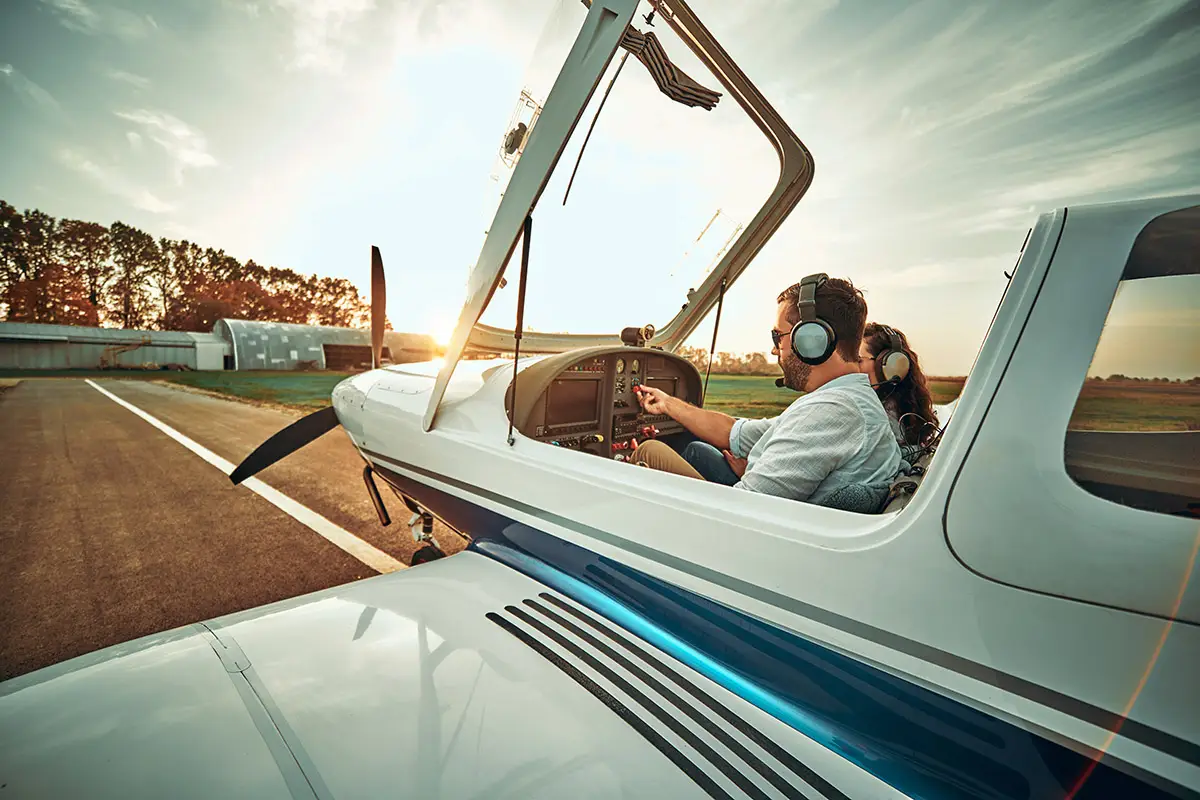
Sign-up for newsletters & special offers!
Get the latest FLYING stories & special offers delivered directly to your inbox

